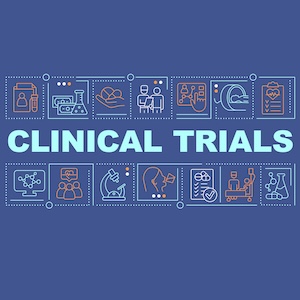FAIR reporting of clinical trials for public health practice

Accepted: April 10, 2024
HTML: 3
All claims expressed in this article are solely those of the authors and do not necessarily represent those of their affiliated organizations, or those of the publisher, the editors and the reviewers. Any product that may be evaluated in this article or claim that may be made by its manufacturer is not guaranteed or endorsed by the publisher.
The number of clinical trials is rapidly growing, and automation of literature processing is becoming desirable but unresolved. Our purpose was to assess and increase the readiness of clinical trial reports for supporting automated retrieval and implementation in public health practice. We searched the Medline database for a random sample of clinical trials of HIV/AIDS management with likely relevance to public health in Africa. Five authors assessed trial reports for inclusion, extracted data, and assessed quality based on the FAIR principles of scientific data management (findable, accessible, interoperable, and reusable). Subsequently, we categorized reported results in terms of outcomes and essentials of implementation. A sample of 96 trial reports was selected. Information about the tested intervention that is essential for practical implementation was largely missing, including personnel resources needed 32·3% (.95 CI: 22·9-41·6); material/supplies needed 33·3% (.95 CI: 23·9-42·8); major equipment/building investment 42·8% (CI: 33·8-53·7); methods of educating providers 53·1% (CI: 43·1-63·4); and methods of educating the community 27·1% (CI: 18·2-36·0). Overall, 65% of studies measured health/biologic outcomes, among them, only a fraction showed any positive effects. Several specific design elements were identified that frequently make clinical trials unreal and their results unusable. To sort and interpret clinical trial results easier and faster, a new reporting structure, a practice- and retrieval-oriented trial outline with numeric outcomes (PROTON) table was developed and illustrated. Many clinical trials are either inconsequential by design or report incomprehensible results. According to the latest expectations of FAIR scientific data management, all clinical trial reports should include a consistent and practical impact-oriented table of clinical trial results.
How to Cite

This work is licensed under a Creative Commons Attribution-NonCommercial 4.0 International License.
Copyright (c) 2024 The Author(s)
PAGEPress has chosen to apply the Creative Commons Attribution NonCommercial 4.0 International License (CC BY-NC 4.0) to all manuscripts to be published.

 https://doi.org/10.4081/peasa.19
https://doi.org/10.4081/peasa.19



